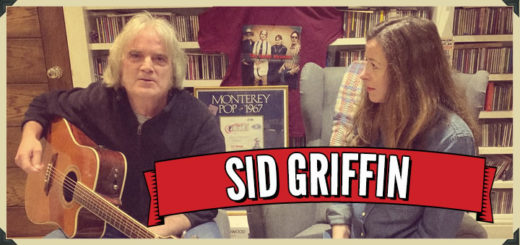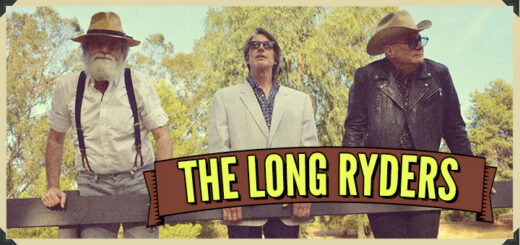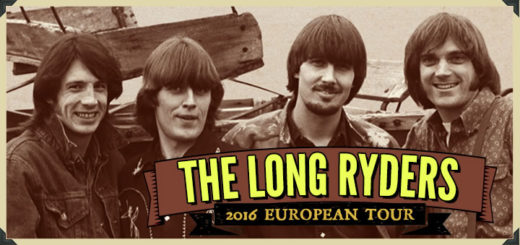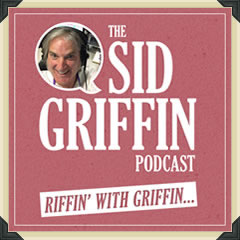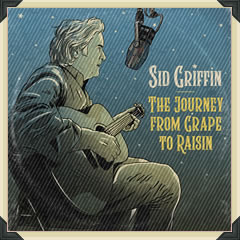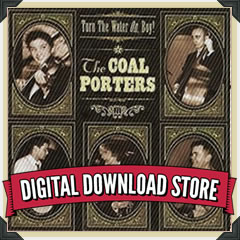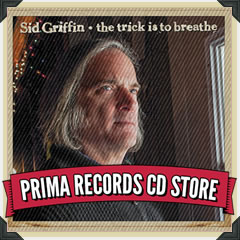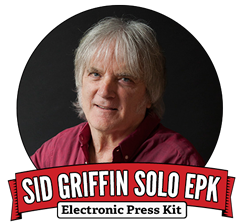Cult Heros – The Long Ryders
I saw Sid Griffin the other night, at the comprehensive school both our daughters attend. In shorts and a short-sleeved shirt, his young son in tow, he looked like any other slightly harassed dad trying to keep up. You wouldn’t have guessed – why would you? – that 30 or so years ago he was the frontman of The Group Most Likely To, a barnstorming band of Americans who flew over from Los Angeles and simply staggered those who were used to the cultured ineptitude of British indie bands by being able to play 75 minutes of hard-hitting rock’n’roll, without falling apart or letting the energy diminish.
The Long Ryders burned only briefly, but for a while their flame was fierce. They were part of the Paisley Underground movement of LA bands who shared a common interest in the various forms of psychedelia. Griffin told me of their sound: “I had this idea, which I said in rehearsals: ‘Let’s take the Byrds’ guitar sound and wed it with punk energy.’ Then Steve McCarthy [joined on guitar and] brought in a huge dollop of country, which I didn’t see coming.” Or, as he put it in 1985: “weirdness and energy played on country and western instruments”.
The Ryders formed in 1981 out of the ashes of Griffin’s previous band, the Unclaimed. The early Ryders, like the Unclaimed, were dedicated to life in the garage and although Griffin and his peers hadn’t been particularly good at being punks, they seized on its iconoclasm and commitment to energy. The iconoclasm, though, was directed at different targets. While the Ryders loved the Velvets and the Stooges and the other touchstones of punk, they also revered the Byrds and Buffalo Springfield (the cover of their first full-length, Native Sons, was a recreation of the cover of Springfield’s abandoned album Stampede).
The garage-band Ryders was present only on their debut mini-album, 10-5-60, a handful of tracks that, while deeply indebted to the 60s, were played with a fierce, wild energy, especially on the title track. Live, they would mix their own material up with covers – Dylan’s Masters of War; Merle Haggard numbers; songs by the Lovin’ Spoonful and Neil Young; Public Image by PiL; Anarchy in the UK; the 13th Floor Elevators’ You’re Gonna Miss Me.
If that doesn’t sound like such an enticing proposition now, then consider that in the early 80s, it represented something rather different. In the UK, postpunk had faded into the black of goth, the early scratchings of what would become indiepop, the screeching noise of the industrial groups, the studied cool of Factory. The Smiths aside, there wasn’t a whole lot that satisfied the needs of those who wanted something that stood as an alternative to the mainstream, but was still recognisably rock‘n’roll.
That need was met not just by the Ryders, but by a score of other US groups: REM, the Replacements, the Meat Puppets, the Dream Syndicate, the Rain Parade, Jason and the Scorchers, Thin White Rope and True West. Some of them tilted the balance more heavily in favour of punk, but all turned back to American music of the previous 20 years as their bedrocks. And all received a gracious welcome from the British music press. The Zippo label, based in west London, became the first stop for many of these bands, putting out their early albums before they decamped to the majors.
.
The album that secured the Ryders their major label deal was 1984’s Native Sons, where they wholly embraced their heroes without ever seeming overwhelmed by them (it was even produced by Henry Lewy, who worked on the first two Flying Burrito Brothers albums). There were country covers (Sweet Mental Revenge), Byrds pastiches that were perfect for 1965 (Ivory Tower), rave-ups (I Had a Dream) and cheerful country rockers (Run Dusty Run). But the leap never came. The band signed to Island. Griffin – as he admitted to me – was convinced he was about to become the spokesman for a generation. But while their first album, State of Our Union, brought the band’s best-loved song, Looking For Lewis and Clark, the tide had turned.
By 1985, when State of Our Union came out, the Jesus and Mary Chain’s influence had permeated UK indie. While the groups who were springing up shared many of the same loves as the Long Ryders – Primal Scream were taking the exact pairing of the Byrds and the Pistols, but their shambling amateurism seemed much more in tune with punk – their attitude seemed very much different. And the press started to turn, too. An NME feature contrasting the US and UK indie scenes featured Bobby Gillespie sneering that while the Long Ryders spoke of wanting to combine punk and Buffalo Springfield, all he could hear was the latter. The writer pondered that perhaps it wasn’t the case that the Long Ryders were too good to be true; perhaps they were too true to be good. Whatever that meant.
It was not so much downhill from there, as stasis. The Long Ryders didn’t get much smaller, but they certainly didn’t get any bigger. Griffin later admitted they made a mistake signing to Island, who didn’t know what to do with them. They lost their indie credibility, and there was a germ of truth in Gillespie’s criticism: the longer they went on, the more the Ryders seemed like another roots-rock band and less like the harbingers of revolution.
.
Still, the ramifications of what they did rumbled on. Within a few years, a new generation of musicians would try to do the same as the Ryders had: combine American folk music with the lessons they had learned from the independent music scene. Uncle Tupelo, Whiskeytown, Richmond Fontaine, Freakwater, the Jayhawks, the Old 97’s and more would seize on what the Ryders had done, and in the process create a new genre: alt-country. It’s not the worst legacy to leave.
By Michael Hann
Originally published in The Guardian on Tuesday 13th September 2016
.

